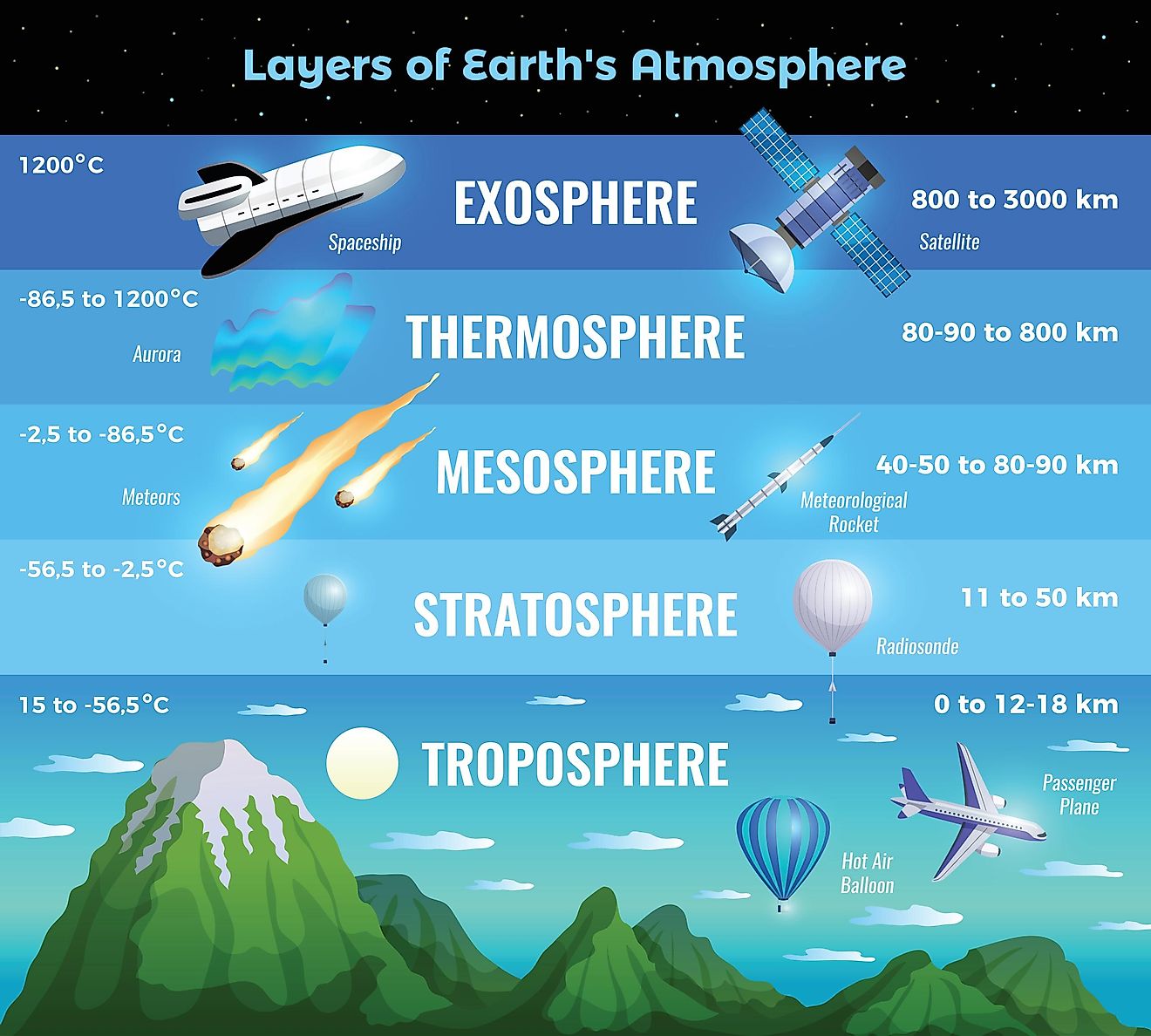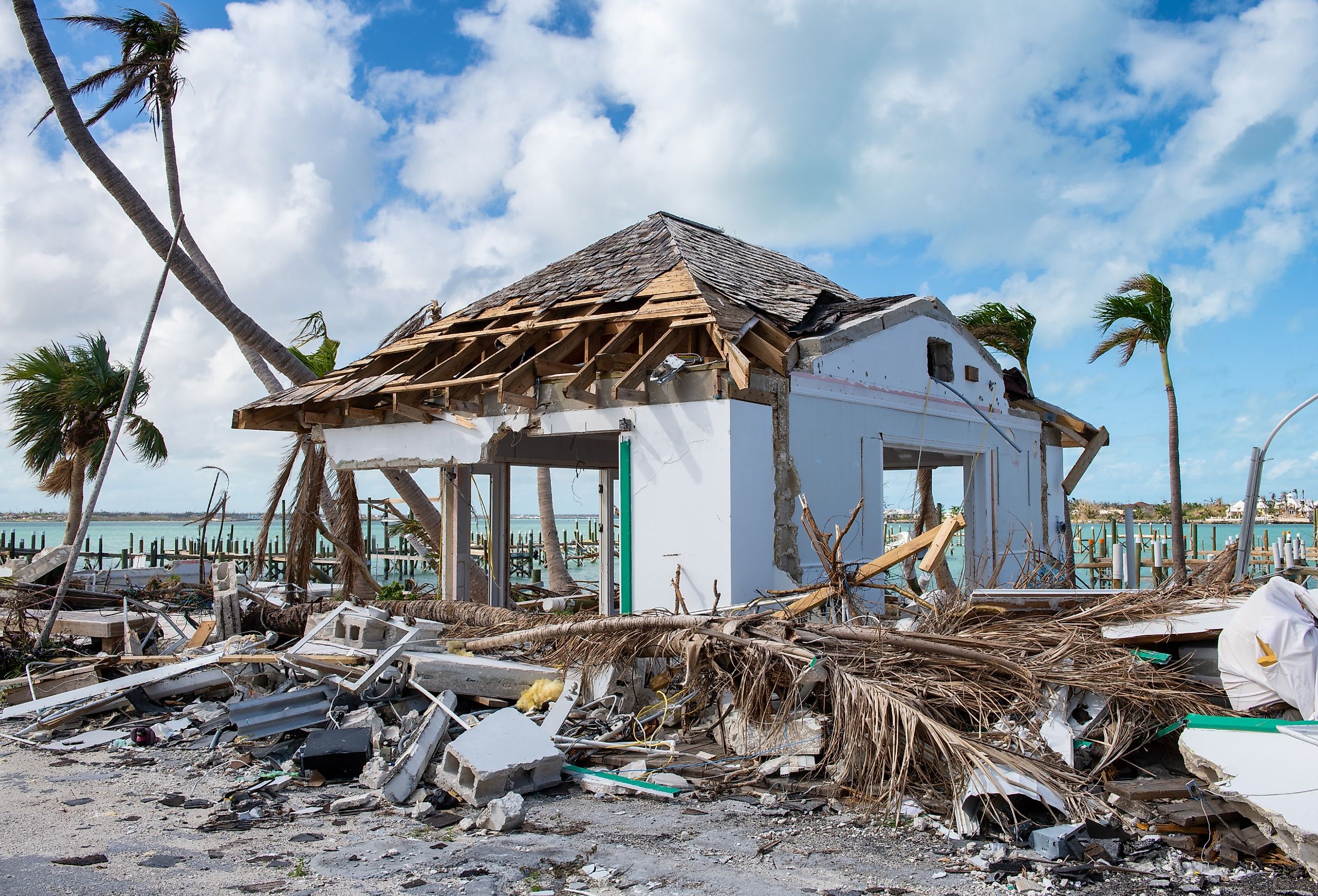
The Strongest And Deadliest Hurricanes Ever Recorded
The Atlantic hurricane season has seen some of the most powerful storms in history, wreaking havoc on coastal regions with their destructive force. While hurricane intensity, measured by sustained wind speeds and central pressure, is one way to classify these storms, the cost of damage and loss of life further underscores their devastating impact.
The most intense hurricane ever recorded, Hurricane Allen (1980), reached wind speeds of 190 mph. Recent hurricanes like Katrina (2005) and Harvey (2017) are some of the costliest in history, with rising populations and infrastructure leading to greater financial impact. Despite advancements in technology, deadly hurricanes also still occur, with storms like Hurricane Mitch claiming thousands of lives. Learn more about the strongest, costliest, and deadliest Atlantic hurricanes ever recorded.
The Most Intense Atlantic Hurricanes
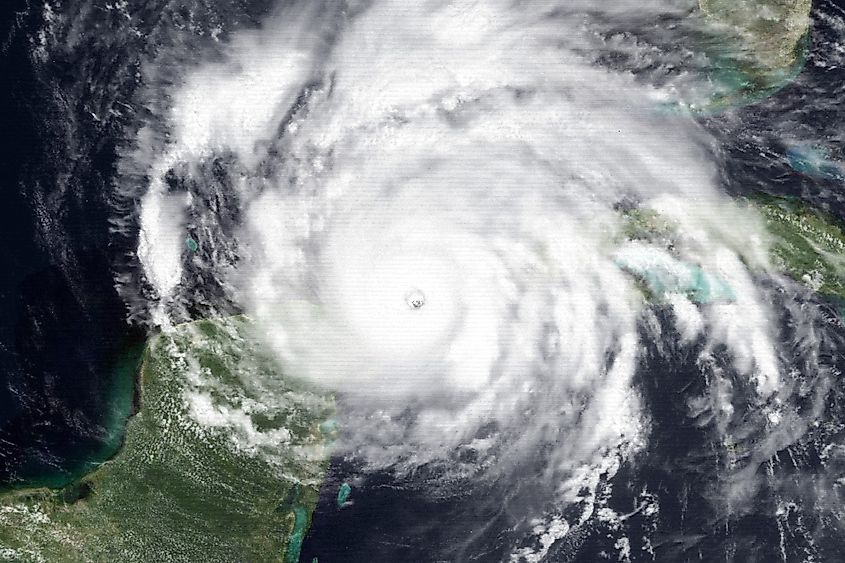
Hurricane intensity is primarily measured by sustained wind speeds, with central pressure also being a critical factor. The National Hurricane Center (NHC) classifies hurricanes into five categories on the Saffir-Simpson scale based on their maximum 1-minute sustained wind speeds. The strongest hurricanes, known as Category 5 hurricanes, boast wind speeds exceeding 157 mph (252 km/h), resulting in catastrophic damage. Below is a table ranking the most intense hurricanes in the Atlantic, organized by their 1-minute sustained wind speeds.
| Cyclone | Season | Peak Classification | Peak 1-Min Sustained Winds | Pressure |
|---|---|---|---|---|
| Allen | 1980 | Category 5 hurricane | 305 km/h (190 mph) | 899 hPa (26.55 inHg) |
| "Labor Day" | 1935 | Category 5 hurricane | 295 km/h (185 mph) | 892 hPa (26.34 inHg) |
| Gilbert | 1988 | Category 5 hurricane | 295 km/h (185 mph) | 888 hPa (26.22 inHg) |
| Wilma | 2005 | Category 5 hurricane | 295 km/h (185 mph) | 882 hPa (26.05 inHg) |
| Dorian | 2019 | Category 5 hurricane | 295 km/h (185 mph) | 910 hPa (26.87 inHg) |
| Mitch | 1998 | Category 5 hurricane | 285 km/h (180 mph) | 905 hPa (26.72 inHg) |
| Rita | 2005 | Category 5 hurricane | 285 km/h (180 mph) | 895 hPa (26.43 inHg) |
| Irma | 2017 | Category 5 hurricane | 285 km/h (180 mph) | 914 hPa (26.99 inHg) |
| "Cuba" | 1932 | Category 5 hurricane | 280 km/h (175 mph) | 915 hPa (27.02 inHg) |
| Janet | 1955 | Category 5 hurricane | 280 km/h (175 mph) | 914 hPa (26.99 inHg) |
| Camille | 1969 | Category 5 hurricane | 280 km/h (175 mph) | 900 hPa (26.58 inHg) |
| Katrina | 2005 | Category 5 hurricane | 280 km/h (175 mph) | 902 hPa (26.64 inHg) |
| Dean | 2007 | Category 5 hurricane | 280 km/h (175 mph) | 905 hPa (26.72 inHg) |
| Maria | 2017 | Category 5 hurricane | 280 km/h (175 mph) | 908 hPa (26.81 inHg) |
| "Cuba" | 1924 | Category 5 hurricane | 270 km/h (165 mph) | 910 hPa (26.87 inHg) |
| Hattie | 1961 | Category 5 hurricane | 270 km/h (165 mph) | 914 hPa (26.99 inHg) |
| Isabel | 2003 | Category 5 hurricane | 270 km/h (165 mph) | 915 hPa (27.02 inHg) |
| Ivan | 2004 | Category 5 hurricane | 270 km/h (165 mph) | 910 hPa (26.87 inHg) |
| "Great Atlantic" | 1944 | Category 5 hurricane | 260 km/h (160 mph) | 918 hPa (27.11 inHg) |
| Esther | 1961 | Category 5 hurricane | 260 km/h (160 mph) | 919 hPa (27.14 inHg) |
| Hugo | 1989 | Category 5 hurricane | 260 km/h (160 mph) | 918 hPa (27.11 inHg) |
| Michael | 2018 | Category 5 hurricane | 260 km/h (160 mph) | 919 hPa (27.14 inHg) |
| Iota | 2020 | Category 4 hurricane | 250 km/h (155 mph) | 917 hPa (27.08 inHg) |
| Gloria | 1985 | Category 4 hurricane | 240 km/h (150 mph) | 919 hPa (27.14 inHg) |
| Opal | 1995 | Category 4 hurricane | 240 km/h (150 mph) | 916 hPa (27.05 inHg) |
*Source: Atlantic Hurricane Best Track File 1851-2023 (NHC) [5]
Overview of the Deadliest Hurricanes
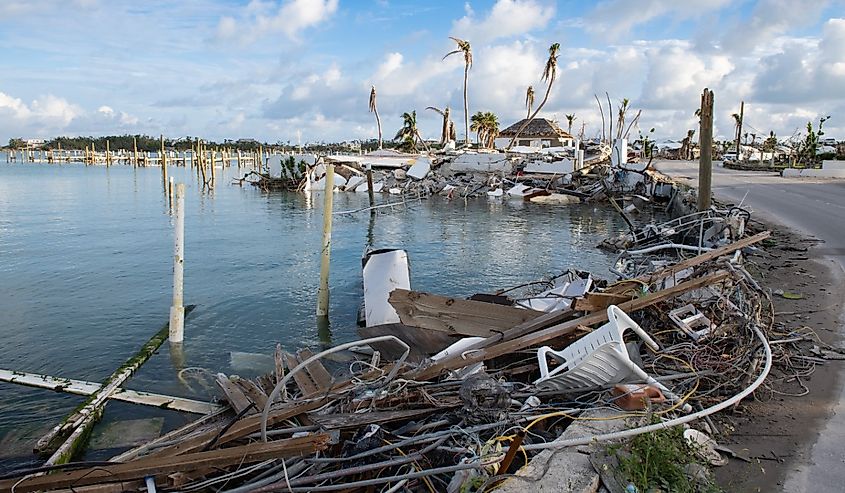
Several Atlantic hurricanes stand out due to their exceptional intensity and destructive power. Hurricane Allen remains the most intense hurricane ever recorded in the Atlantic, with sustained winds of 190 mph. It carved a path of destruction through the Caribbean and the US Gulf Coast.
Another notable storm, Hurricane Wilma, reached wind speeds of 185 mph and holds the record for the lowest central pressure (882 hPa) ever measured in the Atlantic basin. Wilma was part of the 2005 hurricane season, which also included Hurricane Katrina. Hurricane Dorian also reached 185 mph winds and left an indelible mark on the Bahamas, where it stalled, leading to widespread destruction and a significant loss of life.
Hurricane Gilbert, with winds of 185 mph, caused immense damage across the Caribbean and Mexico, making it one of the most powerful storms in recorded history. Finally, Hurricane Mitch reached 180 mph winds and, while slightly less intense, remains one of the deadliest, with catastrophic flooding and landslides that led to widespread devastation in Central America.
The Costliest Atlantic Hurricanes
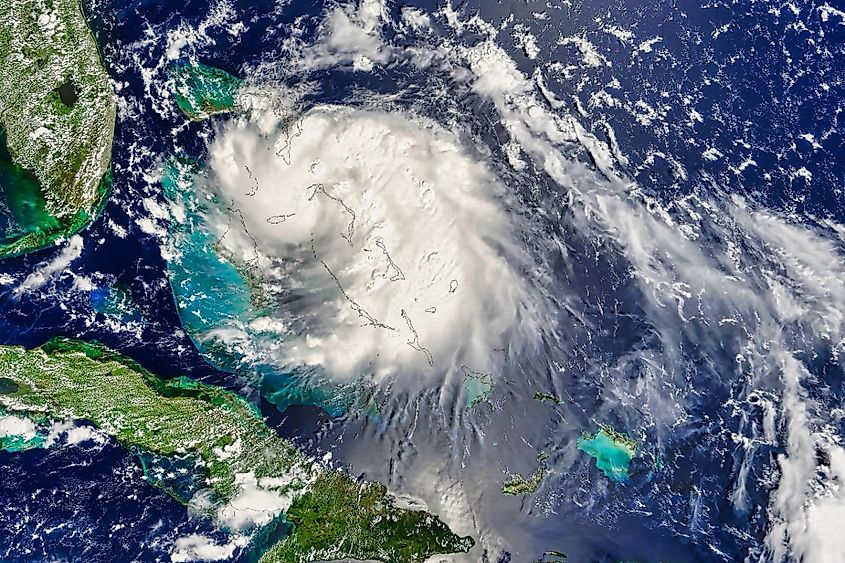
The financial impact of hurricanes has risen dramatically in recent years. As more people move to coastal regions, especially in states like Florida and Texas, the value of the infrastructure, homes, and businesses in these areas has skyrocketed. This results in far more property being at risk during hurricanes, leading to significantly higher recovery costs. The following table lists the costliest Atlantic hurricanes in recorded history.
| Rank | Hurricane | Season | Damage (USD) |
|---|---|---|---|
| 1 | Katrina | 2005 | $125 billion |
| 2 | Harvey | 2017 | $125 billion |
| 3 | Ian | 2022 | $113 billion |
| 4 | Maria | 2017 | $91.6 billion |
| 5 | Irma | 2017 | $77.2 billion |
| 6 | Ida | 2021 | $75.3 billion |
| 7 | Sandy | 2012 | $68.7 billion |
| 8 | Ike | 2008 | $38 billion |
| 9 | Andrew | 1992 | $27.3 billion |
| 10 | Ivan | 2004 | $26.1 billion |
Factors Contributing to Increasing Costs
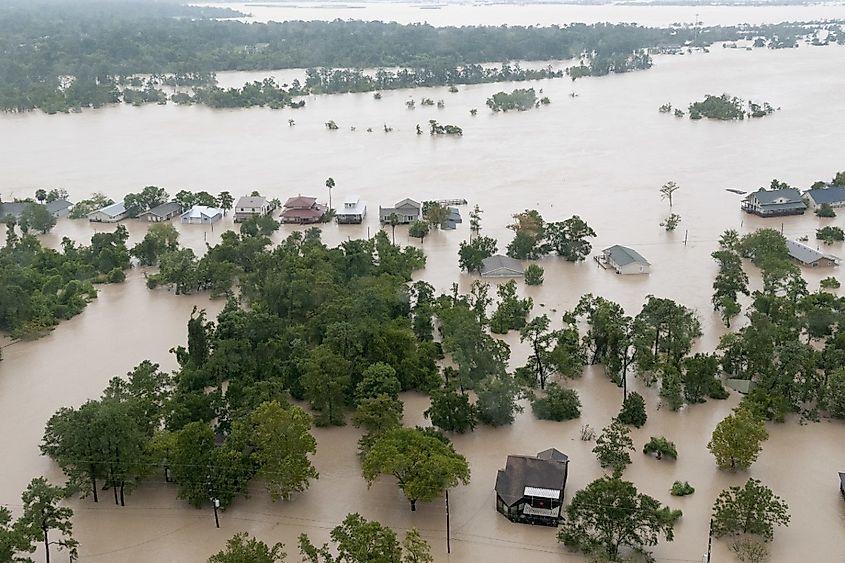
Rising property values play a key role in driving up the cost of hurricane damage. Coastal real estate is often highly sought after, and homes in these regions are more expensive to build and replace. As a result, even hurricanes that might not be as severe in terms of wind speed or size can cause a significant financial toll simply because of the expensive assets that are damaged or destroyed. As the value of homes and businesses rises due to inflation, hurricanes cause more financial devastation than they did decades ago.
Climate change has also intensified hurricanes, contributing to their growing financial impact. With warmer ocean temperatures, storms are becoming more powerful, wetter, and slower-moving, which increases the likelihood of prolonged periods of heavy rain and extensive flooding. Rising sea levels, another consequence of climate change, exacerbate storm surges, leading to more severe coastal flooding. This combination of stronger hurricanes and rising sea levels means that storms are causing greater and more widespread destruction.
Overview of the Most Costly Hurricanes

The costliest hurricanes in history include some of the most recent storms, reflecting the ongoing trend of increasing financial damage. Hurricane Katrina remains the costliest hurricane on record, with damages estimated at $125 billion. Katrina caused massive devastation in New Orleans, where the failure of the levee system led to catastrophic flooding that displaced hundreds of thousands of people. Similarly, Hurricane Harvey also caused $125 billion in damage, mainly due to the extreme flooding it caused in Houston, Texas. Houston’s rapid urban development and inadequate drainage systems worsened the impact of the storm, which brought record-breaking rainfall to the region.
Hurricane Maria was another devastating storm, particularly for Puerto Rico. The storm left much of the island without power for months and caused over $90 billion in damage. Puerto Rico’s already fragile infrastructure was severely impacted, and the island’s recovery was slow due to its economic struggles. These hurricanes show how both climate and socio-economic factors have combined to drive up the financial toll of storms in recent years.
The Deadliest Atlantic Hurricanes
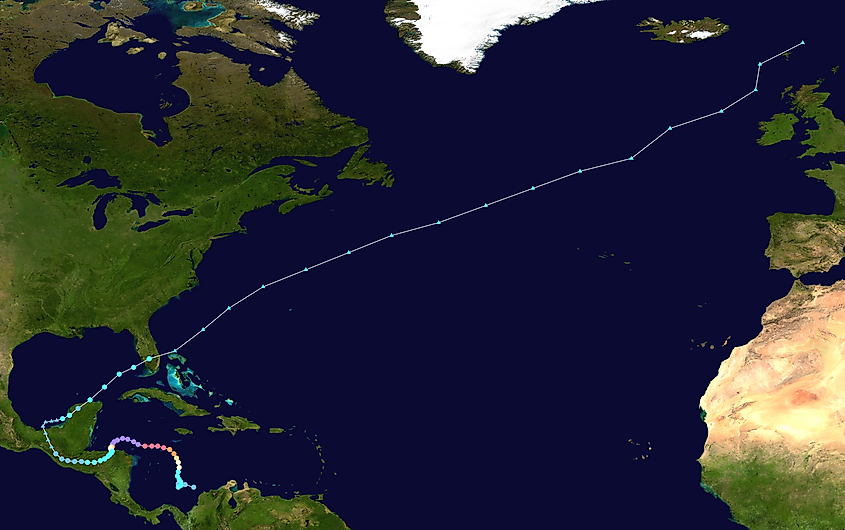
While advancements in meteorology and early warning systems have significantly reduced death tolls in recent decades, hurricanes were once among the deadliest natural disasters. Historically, hurricanes have claimed thousands of lives due to a lack of preparedness, poor infrastructure, and the overwhelming force of storm surges and flooding. The following table lists the deadliest Atlantic hurricanes in recorded history.
| Rank | Hurricane | Season | Fatalities |
|---|---|---|---|
| 1 | "Great Hurricane" | 1780 | 22,000 - 27,501 |
| 2 | Mitch | 1998 | 11,374+ |
| 3 | Fifi | 1974 | 8,210 - 10,000 |
| 4 | "Galveston" | 1900 | 8,000 - 12,000 |
| 5 | Flora | 1963 | 7,193 |
| 6 | "Pointe-à-Pitre" | 1776 | 6,000+ |
| 7 | "Okeechobee" | 1928 | 4,112+ |
| 8 | "Newfoundland" | 1775 | 4,000 - 4,163 |
| 9 | "Monterrey" | 1909 | 4,000 |
| 10 | "San Ciriaco" | 1899 | 3,855 |
Overview of the Deadliest Hurricanes
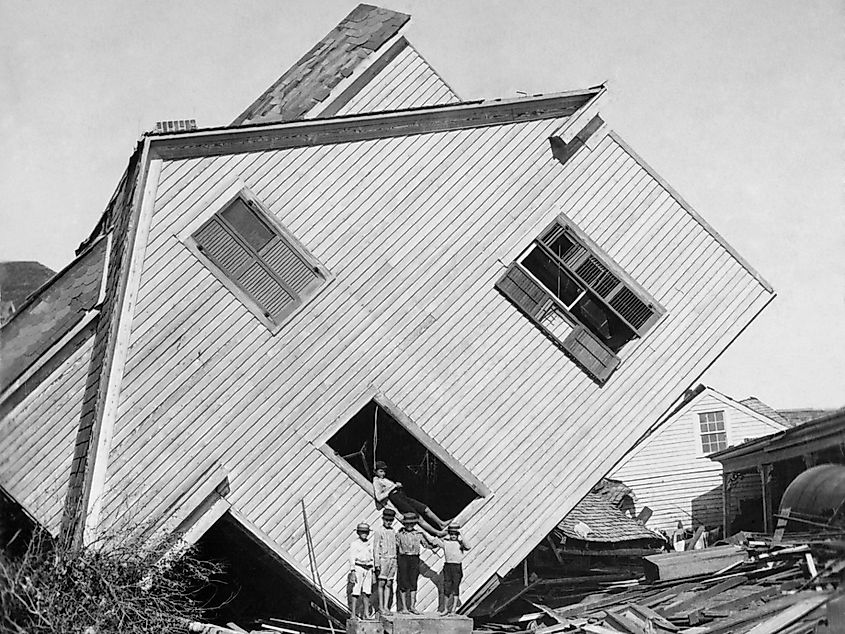
The Great Hurricane of 1780 remains the deadliest hurricane on record, with an estimated death toll between 22,000 and 27,501. The storm ravaged the Caribbean, striking islands such as Barbados, Martinique, and St. Lucia, where entire villages were wiped out. With no warning systems in place at the time, the storm took an immense toll on human life, leaving a trail of destruction in its wake. In comparison, Hurricane Mitch stands as one of the deadliest hurricanes of the 20th century, primarily impacting Honduras and Nicaragua. Mitch’s heavy rainfall caused catastrophic flooding and mudslides, claiming over 11,000 lives in both rural and urban regions. The sheer amount of water from the storm left communities overwhelmed, resulting in one of Central America’s worst natural disasters.
Another historically deadly storm, the Galveston Hurricane of 1900, remains the deadliest natural disaster in US history. This hurricane struck Galveston, Texas, without warning, killing between 8,000 and 12,000 people. A massive storm surge inundated the city, leaving little time for evacuation or preparation. The destruction was so extensive that Galveston never fully regained its former status as a thriving port city.
Modern Reductions in Death Tolls
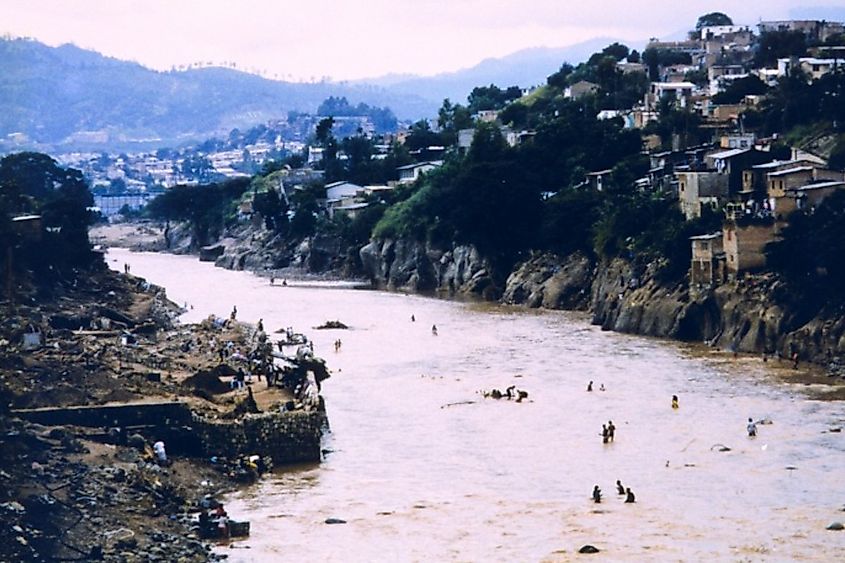
Fortunately, modern advancements in forecasting and warning systems, along with improved infrastructure and organized evacuation plans, have drastically reduced the number of lives lost to hurricanes in recent times. While hurricanes remain dangerous and cause significant damage, the death tolls from storms have decreased substantially thanks to these technological and logistical improvements. Public safety has become a primary focus during hurricane seasons, saving lives that, in earlier centuries, would have been tragically lost to the power of these storms.
In Summary
Atlantic hurricanes have long been some of the most powerful and destructive natural forces, leaving lasting impacts on both the landscapes they ravage and the communities they affect. From the most intense hurricanes, like Allen and Wilma, to the costliest storms, such as Katrina and Harvey, the financial toll of these events has risen as coastal populations grow and climate change intensifies storms. Yet, the deadliest hurricanes, like the Great Hurricane of 1780 and Hurricane Mitch, serve as somber reminders of the devastating human loss that can result when storms strike without warning. While modern advancements in forecasting and preparedness have helped reduce fatalities in recent years, hurricanes continue to present a significant threat.









